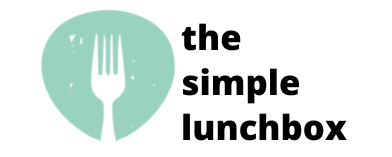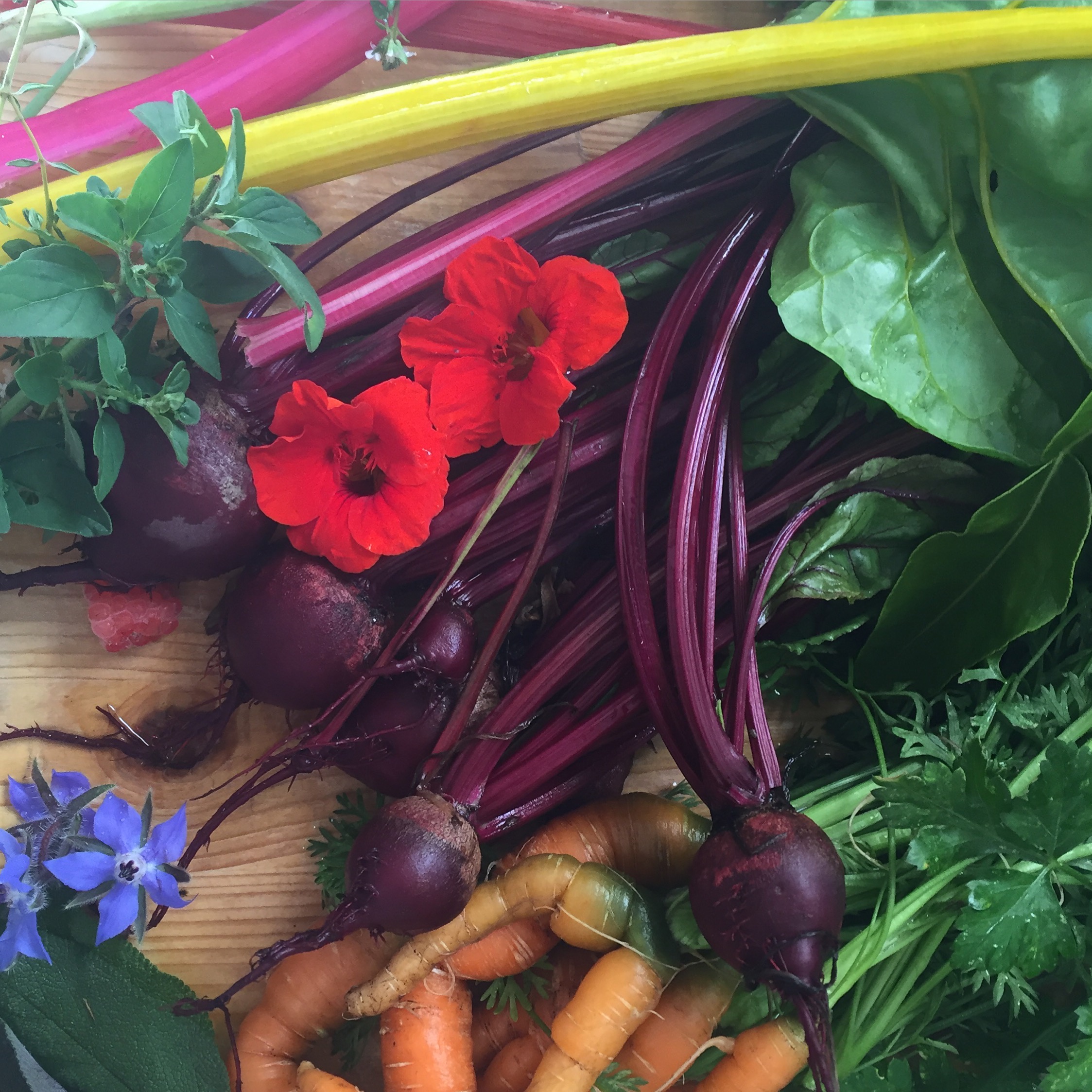Eating a rainbow a day is lots of fun. It is also an easy way to go through a mental checklist to ensuring your family is enjoying a wide range of nutrients everyday. The bright pigment, delicious smells and flavour sensations in fruits and vegetables relate to the types of vitamins, minerals, fibre and phytonutrients that they provide.
The concept of eating a rainbow a day is a great way to get the kids involved and excited about the foods they eat. Have them pick their favourite foods through each colour of the rainbow. It gives them an opportunity to feel some control over the foods they eat, which can be a game-changer for fussy eaters or kids going through developmental changes. Having their input into the foods they want to eat throughout the day and allowing them to manage their own menu can help make preparing lunchboxes easier for you too!
Enjoying a range of phytonutrients daily offers a range of benefits that range from promoting healthy growth and development, disease prevention, energy production, immune function and preventing moderating the inflammatory response. Spread the colours throughout meals during the day, or show off your mighty skills of organisation and imagination with an all-in-one rainbow meal such as rainbow rice paper rolls, fried rice, super salads, salad wraps, fruit salads, stir fries, smoothies and juices.
Red foods are generally great for eye health, circulation and have anti-inflammatory properties. These foods contain nutrients such as vitamin c, and antioxidants such as lycopene, anthocyanin, ellegic acid and quercetin (great for hayfever!).
Try red foods such as tomatoes, strawberries, capsicum, chilli, raspberries, apples, onions, rhubarb, cherries, watermelon, cranberries, pomegranate, radishes, red potatoes and red pears.
Orange foods are often rich in vitamins A and C, potassium, and carotenes.
Orange foods to try include apricots, cantaloupe, mango, oranges, peaches, capsicum, carrots, pumpkin, sweet potatoes, tangerines, mandarins and some varieties of beetroot.
Yellow: foods include banana, grapefruit, lemon, nectarine, passionfruit, capsicum, corn, golden kiwifruit, pineapple, starfruit and squash. They contain nutrients such as vitamins A and C, potassium, alpha-carotene and beta-carotene. Yellow foods are rich in antioxidants, anti-inflammatory and great for the health of the eyes and skin and for hydration.
Green foods should almost have a double dip in every rainbow, their benefits are so vast. Loaded with nutrients such as vitamins A, C and K, folate, potassium, calcium, iron and magnesium, plus essential fatty acids and antioxidants including sulforophane and lutein. Green foods are essential for liver health, and great for eye health, immune function and healing, hormone production and healthy skin, hair and nails. Load up on avocado, apple, grape, honeydew, kiwifruit, lime, pear, artichoke, rocket, asparagus, broccoli, brussels sprouts, cabbage, celery, cucumber, lettuce, peas, capsicum, beans, spinach, zucchini, fig, kale and cavolo nero,
Blue and purple foods are richly pigmented with antioxidant nutrients such as anthocyanins and are generally good sources of vitamin C, potassium and folate. Include foods such as blackberries, eggplant, blueberries, cabbage, figs, grapes, plums, purple potatoes, purple sweet potatoes, beetroot, asparagus, broccoli and carrots.
Whilst not technically in a rainbow, white foods shouldn’t be missed, with their abundance of nutrients. Banana, parsnip, potato, cauliflower, nectarine, peach, garlic, ginger, mushroom, artichoke, onion, shallot, turnip and corn are great sources of vitamin C and abtioxidants such as allium, sulforaphane and flavanoids. White foods are fantastic for immune function.
See the attached printout to pin to your fridge and chat to your kids about rainbow foods.

